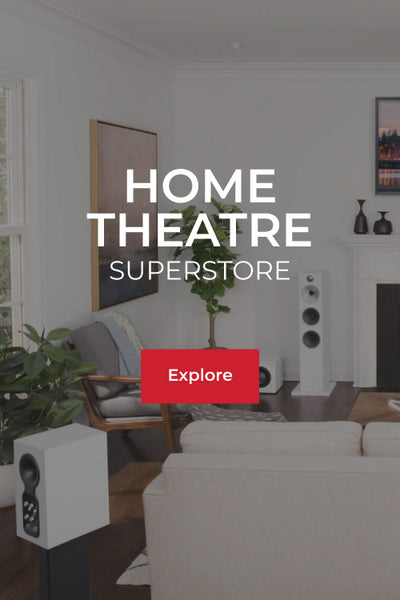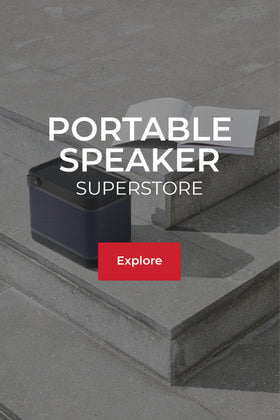
Bluetooth: It's Evolution Over The Years
The name Bluetooth was coined after a Danish king by the name of Harald “Blatand” Gormsson, a Danish King known for uniting Denmark and Norway. The king was given the nickname “Blue Tooth” because of a single rotting tooth in his mouth that was bluish-grey.
The development of Bluetooth technology was initiated by Ericsson Mobile CTO Nils Rydbeck in 1989. The first version was eventually standardized in 1994 by Jaap Haartsen, an engineer and researcher at the same company.
Bluetooth is a wireless technology that is used for transferring data over short distances between fixed and mobile devices using UHF radio waves (radio frequencies between 300 MHz and 3 GHz) in the ISM bands from 2.402 GHz to 2.48 GHz.
Computers that do not have bluetooth embedded into it can use a bluetooth adapter that enables the P.C to communicate with bluetooth devices. While some computers and most recent laptops come with a built-in Bluetooth radio, others require an external adapter, typically in the form of a small USB “dongle”.
The Different versions of Bluetooth over the years:
1999: Bluetooth was initially designed to replace the RS-232 computer serial port which was widely used for connecting devices like modems and printers to a PC. Later on Bluetooth 1.2 was eventually integrated into different devices such as headsets, mobile phones, laptops, cars and digital cameras.
Version 1.2 had a data transfer speed of 1 Mbps which was an improvement to Bluetooth 1.0 and 1.0b which had peak data transfer speeds of around 732.2 Kb/s.
The other improvements that came with the Version 1.2 were quicker device discoverability and pairing lessened signal interference and Implemented Extended Synchronous Connections (eSCO) for improved voice quality.
2005: The arrival of Bluetooth 2.0 marked a period of significant growth. This is due to the increased global demand for Bluetooth-enabled devices. Among these devices were the first Bluetooth-enabled stereo headphones.
The most notable improvement in version 2.0 was Enhanced Data Rate (EDR). This increased the data transfer rate up to 3 Mbps. other improvements would be an increased range 30 m, lower power consumption and longer battery life for wireless devices and an improved pairing system with SSP ( Secure Simple Pairing).
The problems with these versions was that the sound quality still remained mediocre because most devices were using the SBC codec. Known for its subpar digital file compressions, this yielded poor sound quality and was prone to audio delays.
2009: Bluetooth 3.0 + HS (High Speed) was launched this year and came with a Wi-Fi connection capability that allowed faster data transfer speed. This allowed better audio data transmission as well athe transfer of larger amounts of data such as video.
The downside of Bluetooth 3.0 was its high power consumption. It quickly drained the batteries of Bluetooth-enabled devices.
2010: Bluetooth 4.0-4.2 was introduced this year and with it came Bluetooth Low Energy (BLE) or Bluetooth smart. Bluetooth Smart allows smaller devices like fitness trackers, hearing aids and headphones to stay paired longer using less power. Another thing that was brought about was Bluetooth smart Ready is that it allows primary devices like laptops, tablets and smartphones to act as connection hubs that could send and receive data from smart devices.
The introduction of aptX codec enhanced audio data transmission due to higher bitrate and efficient lossy compression algorithm.
A drawback to this version would be that although Smart Ready devices can easily pair with devices using older Bluetooth models, they are best paired with other Smart Ready Devices. This is for them to benefit from the new energy-saving feature of BLE.
2016: With the year came Bluetooth 5.0, it provides an increased bandwidth capacity of 2 Mbps. It also comes with Low Complexity Communication Codec (LC3), which is a new audio protocol that transfers audio data at lower bit rates without compromising on audio quality. This version allows you to connect two different devices at the same time and has Slot Availability Mask (SAM) which further lessens interference with LTE.
A drawback with this version would be that if you want to make use of that extended range or Dual Audio feature, you’ll need to make sure your smartphone or laptop can support it, too. Otherwise, your Bluetooth version will simply revert to the lower version.
As you can see Bluetooth is constantly upgrading so stay tuned for its next update.




